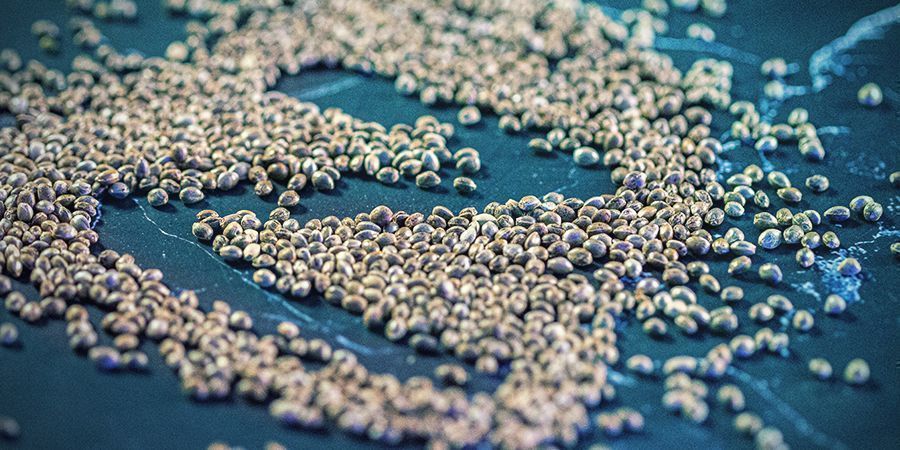What Is Cannabis Ruderalis?
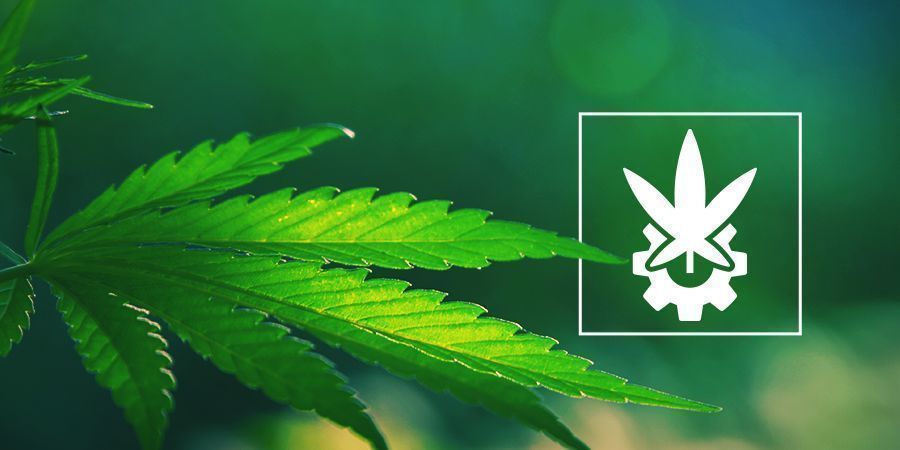
You may know about the two main types of cannabis, indica and sativa, but did you know that there is a third type of cannabis—Cannabis ruderalis? Ruderalis is a variety with interesting characteristics that separate it from regular “photoperiod” cannabis. Below, we break down everything you need to know about ruderalis, including how to grow this subtype of cannabis, and the top five ruderalis strains (autoflowers) you can grow!
Let’s get into it!
WHAT IS CANNABIS RUDERALIS?
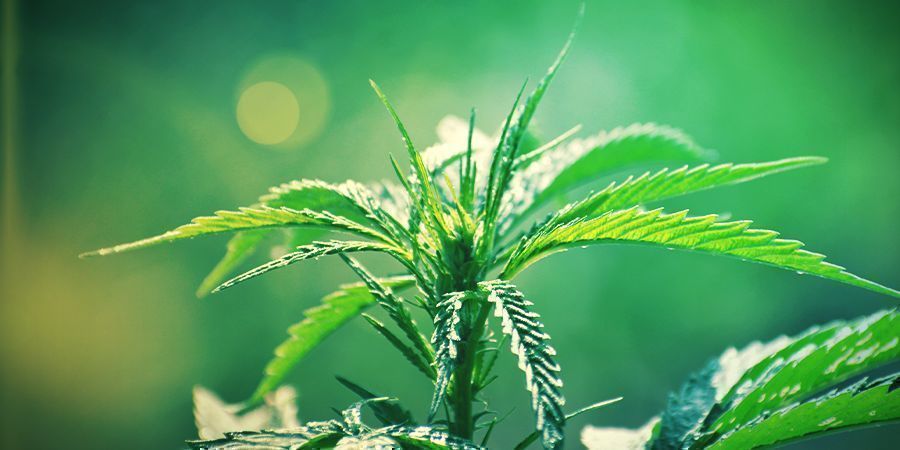
Ruderalis is a wild cannabis variety native to Eastern Europe and Central Asia. Due to its distinct traits, ruderalis tends to be classified as a separate cannabis species, or at very least a separate subspecies of Cannabis sativa L.
The most noteworthy trait of Cannabis ruderalis is its autoflowering ability. This means the plant initiates bloom after a predetermined period of time, rather than relying on a change in the light cycle like photoperiod cannabis. Ruderalis developed this ability to flower independently due to the short days and lack of sunlight in its native habitats.
For cannabis consumers, pure ruderalis doesn’t play an important role. It is low in THC and features little in the way of terpenes. Likewise, the plants are small and provide meagre yields. Yet, ruderalis has revolutionised cannabis growing. Breeders discovered that photoperiod strains could be made to flower automatically by crossing them with ruderalis. This gave rise to the next-gen autoflowering cannabis phenomenon of today. Now, classic and industry-leading strains are accessible to inexperienced growers in autoflowering form, with little detriment to the strain’s potency or flavour.
ORIGINS OF CANNABIS RUDERALIS

In 1942, famous Russian botanist Janischewski noted the presence of a new type of cannabis while working with plants near the Volga River in southern Siberia. He, along with other botanists, concluded that the new plant must be a third cannabis species (along with Cannabis sativa and Cannabis indica) as the plant looked and grew very differently—it was much shorter and displayed differently shaped leaves.
The plant was called “Cannabis ruderalis”, which comes from the Latin word “rudus” for rubble. The name indicates a wild, weed-like plant that “grows on rubble”, which is pretty spot-on actually.
WHAT'S THE DIFFERENCE BETWEEN RUDERALIS AND INDICA/SATIVA?
Whereas photoperiod indica and sativa strains are dependent on a reduction in light hours to begin bloom (a manifestation of the natural changing of the seasons), ruderalis adapted to go into flowering quickly after it reaches a certain age. Thus, ruderalis has a shorter overall life cycle than photoperiod cannabis, typically flowering about 3–4 weeks after germination, with a total lifespan of around 70 days from seed to harvest (give or take). Ruderalis plants reach only a small size and develop few buds.
Cannabis ruderalis contains little THC, so it produces little to no “high” when smoked. It is, however, somewhat rich in CBD, a major non-psychoactive cannabinoid in cannabis. Moreover, Cannabis ruderalis can be successfully crossbred with photoperiod indica and sativa strains to endow the resulting strain with the autoflowering ability alongside greater cannabinoid levels.
For more information on these differences, read our article on sativa, indica and ruderalis.
GROWING CANNABIS RUDERALIS
Because autoflowering strains flower independently of light cycle, they tend to be particularly hardy and resilient. In addition to growing faster, they are also considered less challenging to grow than photoperiod cannabis. That being said, there are some things you will want to take into account when growing autoflowers.
WHEN TO PLANT RUDERALIS STRAINS (AUTOFLOWERS)
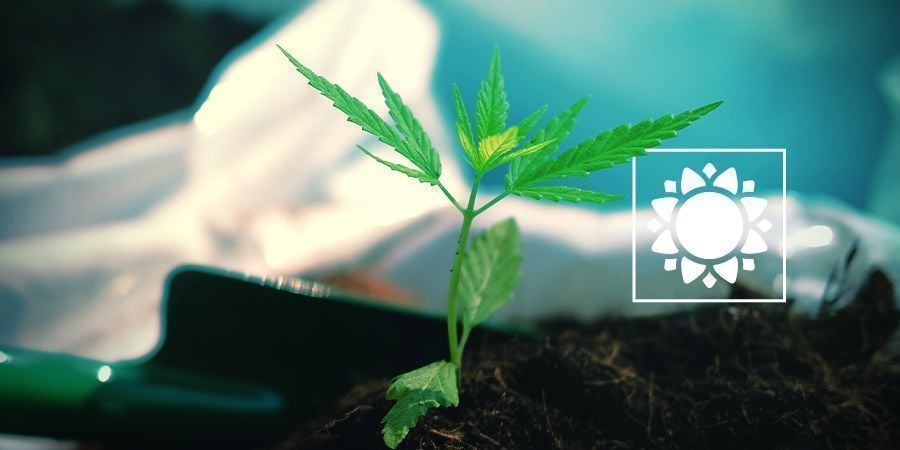
Autoflowers can be planted at any time of the year as long as there is no frost. However, spring is still the best time to start an outdoor grow as plants can take advantage of the sunlight and good soil conditions to deliver superior results.
If you live in a region with colder year-round temperatures or consistent storms, it can be better to keep your plants indoors to make it easier for them to flourish. Lucky growers in warm regions without frost, however, can harvest ruderalis outdoors all year long. As they reach maturity in around 70 days, growers can even enjoy multiple autoflowering harvests over a single growing season.
PICK A SUITABLE LOCATION
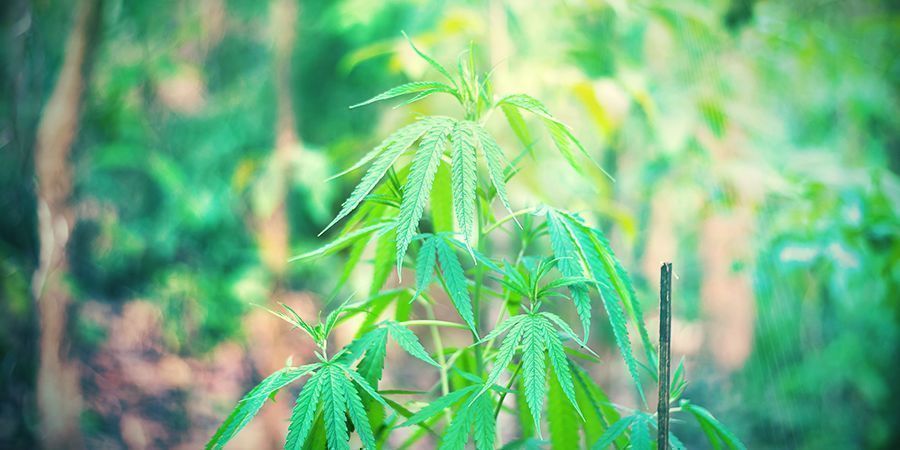
As ruderalis tends to be quite hardy, it makes a good plant to grow even where other strains wouldn’t do very well—like a clandestine guerrilla grow spot, for example. That being said, you should still ensure an optimal environment if you want to max-out yields and quality.
Outdoors, keep your plants sufficiently protected from the elements by erecting support structures like fencing, or positioning plants near shed walls or something similar. Nevertheless, make sure your cannabis can access plenty of sunlight for best results. If you have a greenhouse, use it to your advantage. You can also use companion plants in your outdoor garden to protect your crop and improve soil biodiversity.
What about guerrilla grows? Well, if you can plant your weed close to a water source like a lake or stream, this can provide a natural source of hydration for your plants’ roots to tap into deep down in the soil. This way, you won’t need to water as often, which can be an advantage if you’re growing in a remote location.
In terms of soil, you can spot rich and healthy soil by its dark, almost black colour. Don’t plant in light-coloured, sandy soil, as this won’t have enough nutrients for your cannabis and won’t offer the right support.
KEEP NUTRIENTS LIGHT
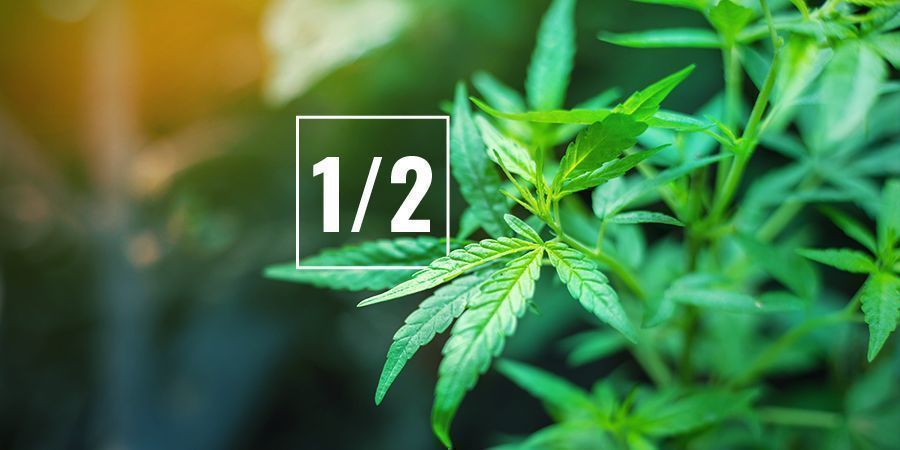
While some photoperiod plants can easily reach 2m or more when allowed, autoflowers tend to grow much smaller. A plant that only reaches 50cm drinks and eats much less compared to taller photoperiod specimens. As such, if you’re using commercial cannabis nutrients for your ruderalis, start with ½ or even just ¼ of what the bottle recommends.
Aside from that, follow a regular phase-dependent feeding schedule, administering growth nutrients up until plants are in bloom around week 4. In some cases, such as when you’re growing in pre-fertilised soil, you may even get by with only feeding your plants flowering nutrients, as they’ve already received all the vegetative nutrients they need from the medium.
Bottom line: Start low with the feeding and only increase if your plants show signs of underfeeding.
GET QUALITY SEEDS WITH GOOD GENETICS
Bagseed and seeds acquired from unreliable sources are more often than not of low quality. As a result, you may see poor germination rates, poor growth, and low yields. Why waste your time?
Get your cannabis seeds from sources you can trust. The autoflowering seed selection at the Zamnesia webshop is vast and features something for everyone. You can enjoy top germination rates and healthy plants with great yields.
CHARACTERISTICS OF CANNABIS RUDERALIS
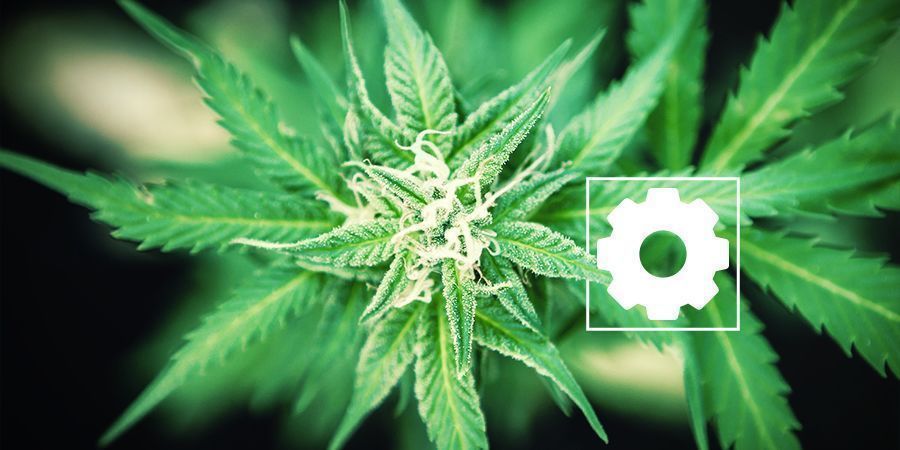
As mentioned above, pure ruderalis grows much smaller and less dense than indica or sativa, reaching between 30–70cm in height. Even when crossbred with photoperiod varieties, autoflowering plants typically only reach a height of 100cm, with fewer branches by comparison.
Compared to indica and sativa, which each have leaves with five or more “fingers”, ruderalis only has three. Compared to the leaves of indica (broad and wide) or sativa (long and slender), ruderalis leaves also have a more conical shape. Moreover, ruderalis plants produce much smaller and less potent buds (aka “popcorn buds”).
Overall, given the smaller size and fewer branches, ruderalis appears much more “weed-like” compared to carefully bred indica and sativa photoperiod cannabis. Bringing all of this information together, let’s review the pros and cons of ruderalis.
PROS OF CANNABIS RUDERALIS
- Autoflowering ability
- Hardy genetics (can be grown almost everywhere)
- Fast growth and short overall life cycle
- Opportunity for multiple outdoor harvests (seasonal and year-round)
- Better resistance to pests, disease, and fluctuations
- Good for beginners
- Modern autoflowering strains are potent, flavourful, and higher-yielding
CONS OF CANNABIS RUDERALIS
- Pure ruderalis contains very little THC (requires indica or sativa to give it potency)
- Smaller plants typically mean smaller yields
- Short life cycle inhibits growers from transplanting or high-stress training.
It should be addressed that modern autoflowers don’t come with the meagre results of pure ruderalis. While yield and potency may be comparatively lower on average, the gap between ruderalis and photoperiod cannabis is becoming smaller and smaller.
EFFECTS OF CANNABIS RUDERALIS

When it comes to effects, pure ruderalis won’t produce much of a “high” given its low levels of THC. That said, modern autoflowers containing ruderalis and indica/sativa now average around 15% THC or more, with some exceeding 20% and even 25%. The same can be said for CBD levels, with certain autoflowers exceeding the 20% threshold. As such, one can experience just as powerful of an effect with a potent autoflower as they would with a moderately potent photoperiod indica/sativa.
The amount of ruderalis, indica, and sativa genetics in a given autoflower can vary. Some autoflowers may contain a large percentage of ruderalis, while others may have as little as 5%! The effect a strain has—whether driven by THC, CBD, or terpenes—is largely determined by the other genetics used. This allows breeders to more or less retain the effects of specific cultivars while also making them autoflowering. This way, you can enjoy the deep stone of Hindu Kush or the uplifting Haze high just as you would with a photoperiod strain.













 United States
United States


